Madan Bhandari’s life and significance of People’s Multiparty Democracy in contemporary Nepali politics
June 28, Kathmandu: Today is the 74th birth anniversary of Communist thinker and the then General Secretary of CPN(UML) Madan Bhandari.
Affectionately called as “people’s leader”, Madan Bhandari was born on Asar 14, 2009 B.S. (June 27, 1951) in the Dhungesangu village of Taplejung district in the eastern part of Nepal.
He started his political journey in 1972 after becoming a central committee member of the Janabadi Sanskritik Morcha, a student movement established by another senior Communist leader, Pushpa Lal. People’s leader Bhandari died in a tragic car accident in Dasdhunga, Chitwan, on 16 May 1993.
When Bhandari started his political journey, the country was under the autocratic Panchayat regime.
The absolute Monarchy had curtailed the fundamental rights of the people, and the freedom of expression and assembly were forbidden by the constitution, which was imposed after dissolving an elected government a decade ago.
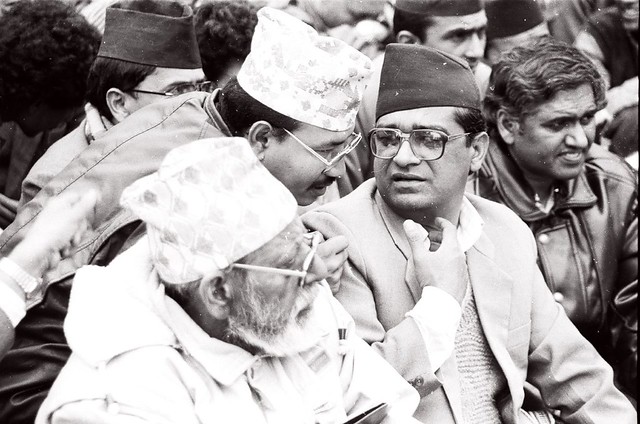
Seeing the injustices caused to the common Nepali people under the despotic regime, Bhandari initiated his political journey with the aspiration of establishing a socialist state that would ensure freedom and social justice for all citizens.
When democracy was reinstated, albeit partially, in the country in 1990, Bhandari continued his struggle for a free and fair society. Seeing that only an updated and pragmatic version of Marxism that suited the Nepali context would liberate the masses from backwardness and exploitation, Bhandari propounded the People’s Multiparty Democracy.
Bhandari had witnessed the fall of the Communist regimes across the world and had been critical of the disregard for freedom and human rights in some of those regimes. Hence, he added the provisions of freedom and democracy to the Marxian notion of egalitarianism to forge the People’s Multiparty Democracy.
Madan Bhandari was called the “People’s Leader”, mainly for his incorruptible image and strong oration skills that attracted hundreds and thousands of followers. Bhandari’s People’s Multiparty Democracy was also the guiding force behind the formation of the Federal Democratic Republic of Nepal.

His contribution to transforming a clandestine Communist party into a mass-based democratic party is significant because it reinvigorated the Communist movement of Nepal even during such unfavourable circumstances.
The ideals of People’s Multiparty Democracy, such as pluralism, separation of power, secularism, timely elections, human rights, socialism-oriented economy and national sovereignty, have become the salient features of the Constitution of Nepal, which was propagated in 2015 by the people-elected Constituent Assembly.
The foundation of the People’s Movement of 2006 was primarily based on the critiques made by the late leader Bhandari on the Constitution of Nepal 1990.
Those critiques embody the aspirations of the Nepali people for a pluralistic society founded on equality, democracy, and the rule of law.
It is, therefore, high time for the country and the government to adhere to the People’s Multi-Party Democracy and follow the path shown by the late leader Bhandari to build a prosperous and egalitarian society.



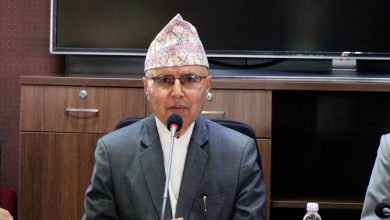
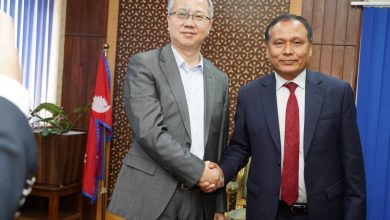
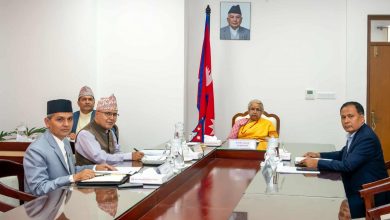
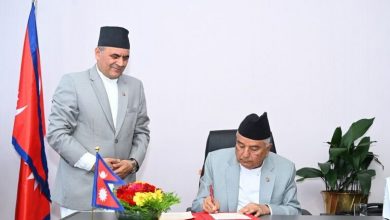

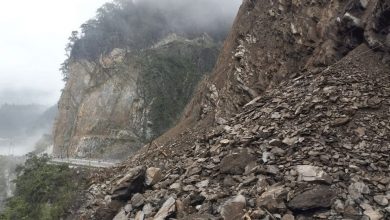
Comments